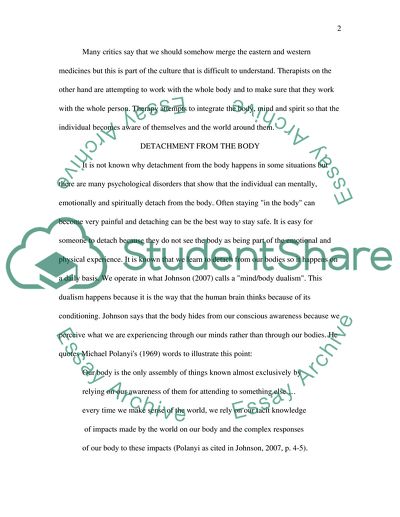Cite this document
(Embodiment in Art Therapy Research Paper Example | Topics and Well Written Essays - 3250 words, n.d.)
Embodiment in Art Therapy Research Paper Example | Topics and Well Written Essays - 3250 words. Retrieved from https://studentshare.org/health-sciences-medicine/1723542-embodied
Embodiment in Art Therapy Research Paper Example | Topics and Well Written Essays - 3250 words. Retrieved from https://studentshare.org/health-sciences-medicine/1723542-embodied
(Embodiment in Art Therapy Research Paper Example | Topics and Well Written Essays - 3250 Words)
Embodiment in Art Therapy Research Paper Example | Topics and Well Written Essays - 3250 Words. https://studentshare.org/health-sciences-medicine/1723542-embodied.
Embodiment in Art Therapy Research Paper Example | Topics and Well Written Essays - 3250 Words. https://studentshare.org/health-sciences-medicine/1723542-embodied.
“Embodiment in Art Therapy Research Paper Example | Topics and Well Written Essays - 3250 Words”, n.d. https://studentshare.org/health-sciences-medicine/1723542-embodied.


